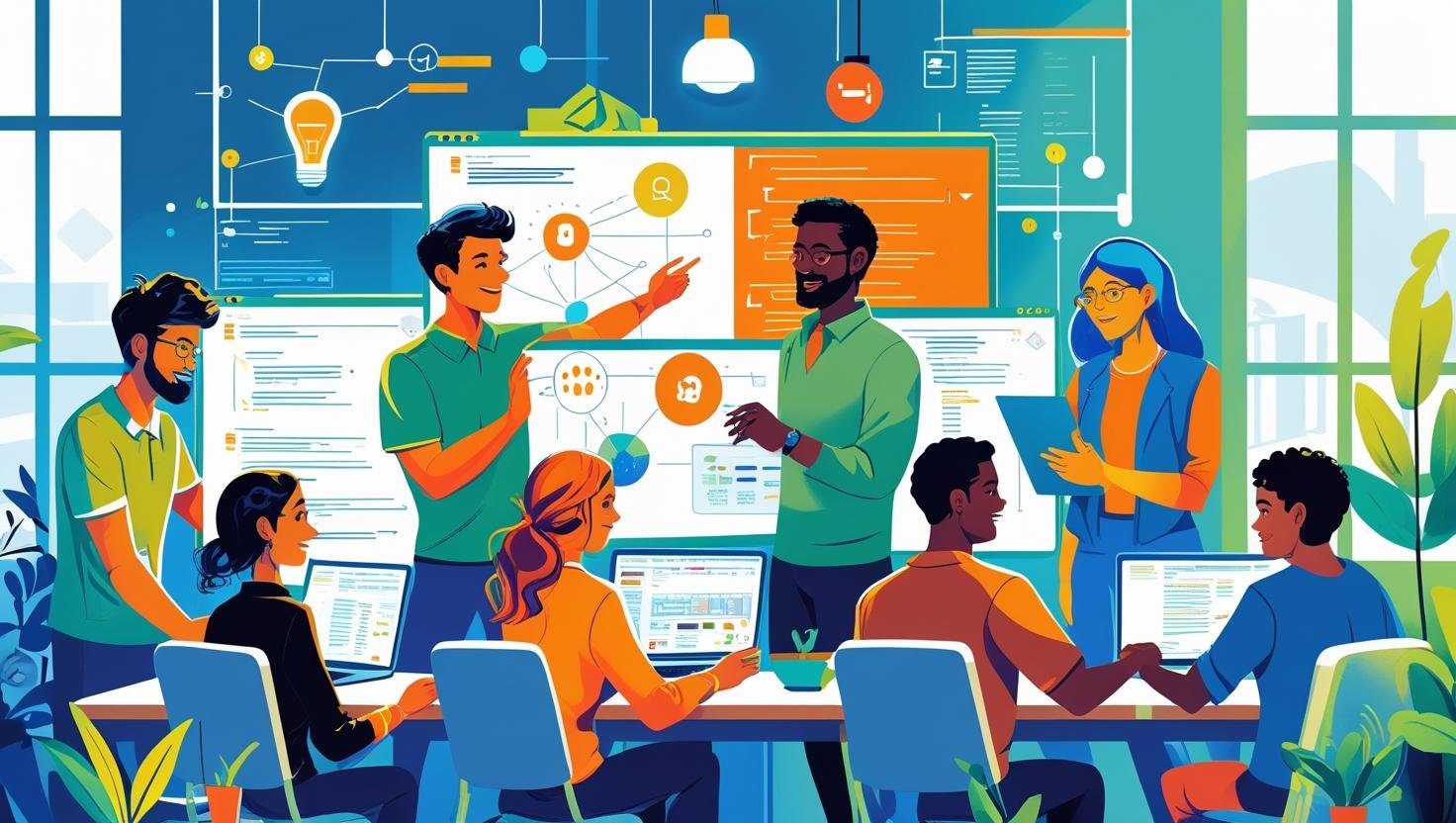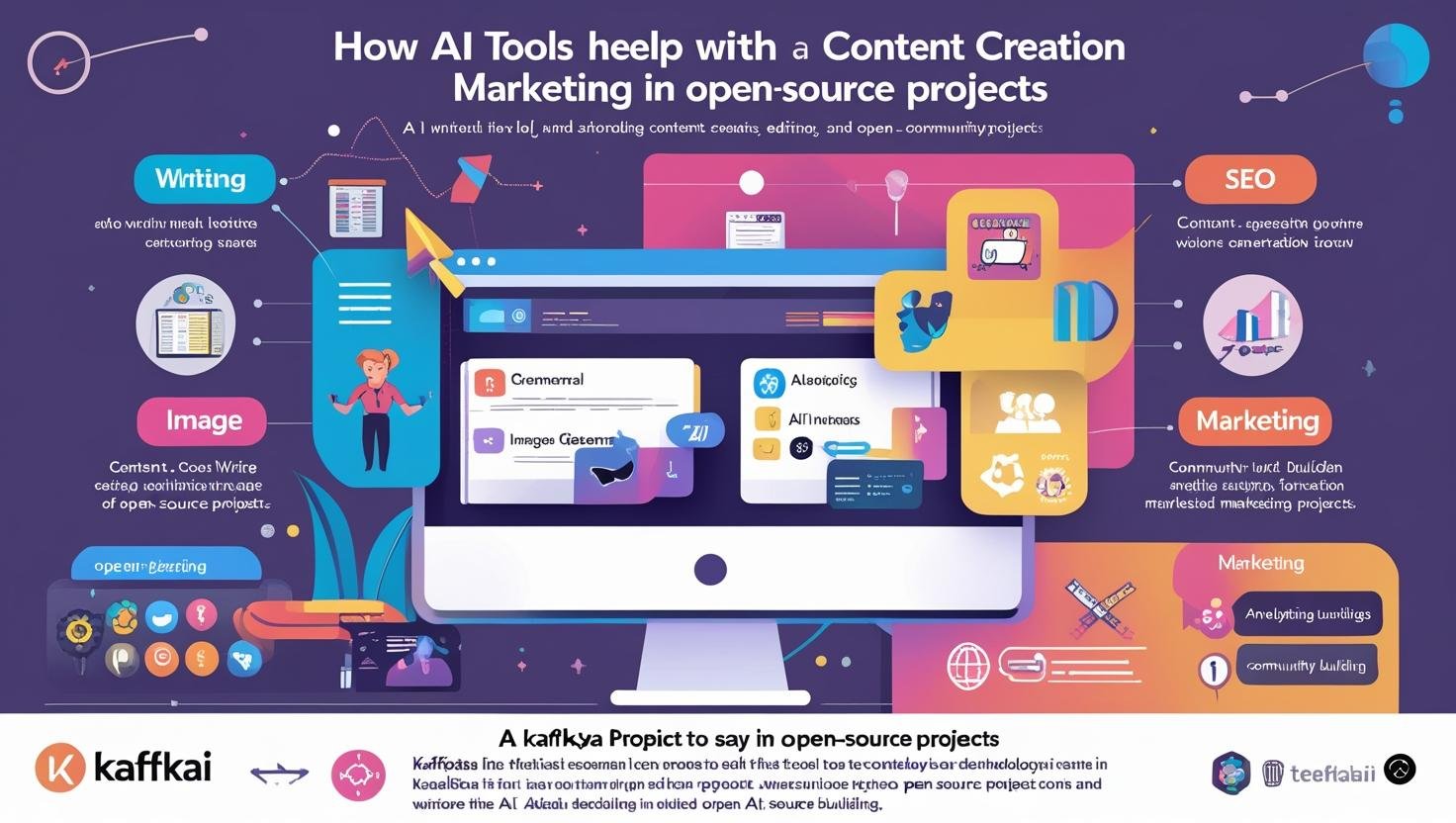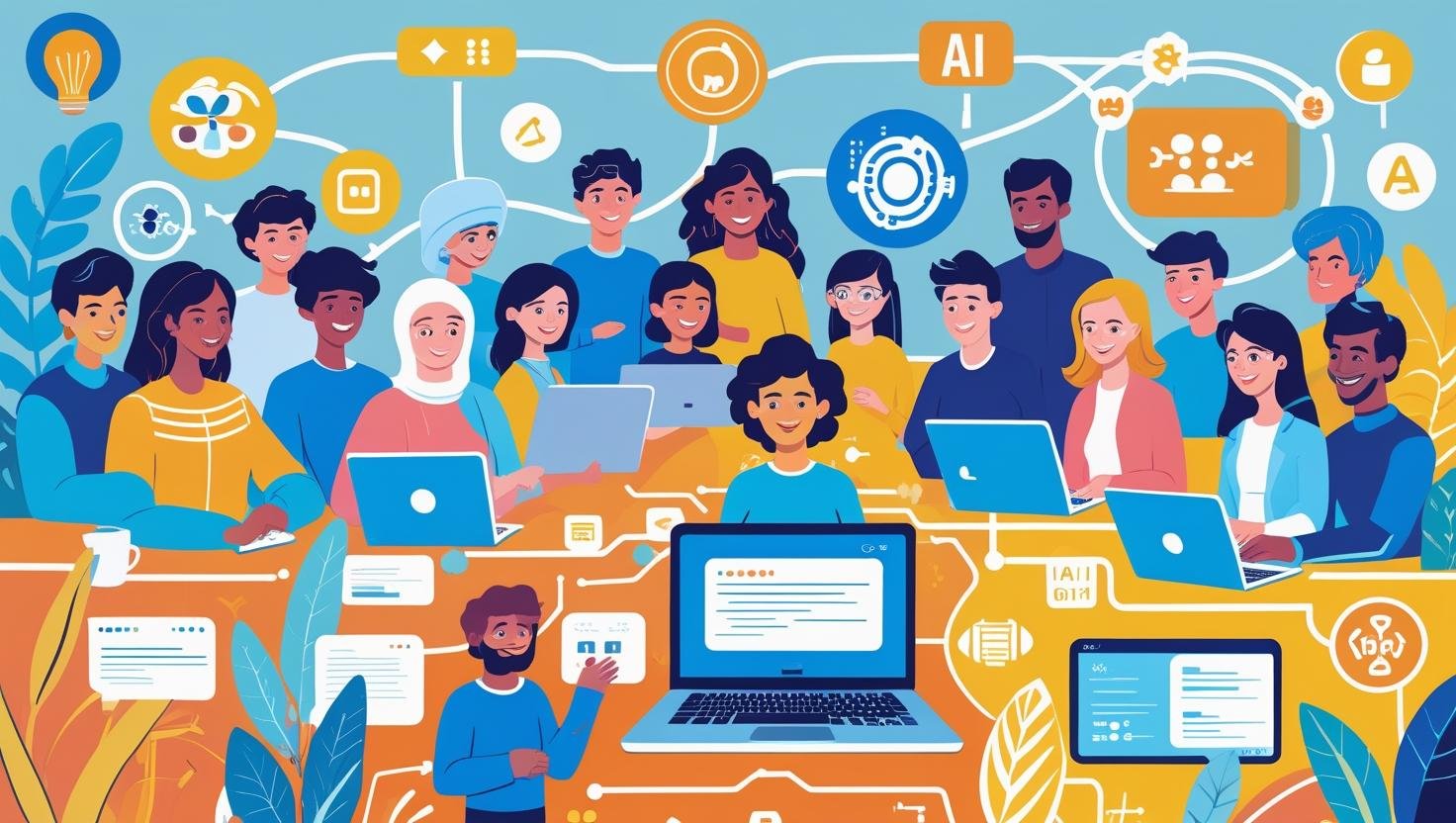The Heart of Open Source: Community, Content, and AI Innovation

To some, open source is simply about writing software. But for those of us active in the open source space, it’s much more, a global movement built on collaboration and the tools that support it. It brings together people with diverse skills: writers, designers, translators, testers, organizers, and marketers, all of whom play vital roles in making open source thrive. These non-code contributions are often overlooked, yet they’re essential for a project’s growth and long-term success.
Today, getting noticed online requires smart content planning and visibility. AI tools like Kafkai help simplify content creation and marketing. This article explores how open source projects rely on many kinds of contributors , and how tools like Kafkai are helping these communities grow.
More Than Just Code: Many Ways to Help
Open source projects thrive because of the many ways people contribute. While code is important, the other roles keep the project usable and inviting for new users and contributors.
Documentation writers take complex technical details and turn them into clear, easy-to-understand guides, tutorials, and FAQs. Good documentation helps new users get started quickly and supports contributors in understanding the project’s code and structure. This is a vital part of any content strategy, and projects that invest in quality documentation are more likely to attract and keep users.
Designers play a big role in making software easy to use and attractive. Good design isn’t just about looks, it improves how users interact with the software and can help reduce frustration. It also supports accessibility for people with disabilities, making the software usable for more people.
Community managers help create friendly spaces where contributors feel welcome and safe. They set guidelines, encourage collaboration, and help resolve conflicts. Their work makes a big difference in creating a positive culture that attracts people to stay involved.
Translators help bring the project to users worldwide by translating the software and its documentation into different languages. This opens doors to communities that would otherwise be left out.
Testers and quality assurance volunteers try out the software, look for bugs, and report problems. Their work ensures that new releases are stable and reliable.
Project coordinators and release managers organize workflows, keep track of progress, and help contributors work together smoothly.
How AI Tools Like Kafkai Help With Content Creation and Marketing in Open Source

Creating good documentation, tutorials, and marketing materials takes time and skill. AI tools like Kafkai help by quickly generating quality content using methods like semantic keyword clustering and automated competitor analysis.
Kafkai itself benefits from open source software, which helps it improve faster and stay flexible. This shows how open source supports not just projects but also the tools that assist them.
For open source projects, Kafkai improves content strategy and visibility. Small businesses also gain better SEO for small business blogs and marketing results.
By combining AI tools for time management with content tools like Kafkai, teams can focus more on coding and community work while AI handles writing.
Why Community Is the Heart of Open Source Success
Open source is fundamentally a community effort. Code alone can’t sustain a project over time; it’s the people who maintain the code, write documentation, provide support, and promote the project who keep it alive.
A strong community provides continuity even when developers leave. The shared knowledge, values, and culture stay, guiding the project’s future.
Inclusivity is another key part of vibrant open source communities. These projects welcome contributions from all kinds of people, regardless of their background or skill level. This creates diverse perspectives that lead to better ideas and solutions.
Mentorship is a natural part of this culture. Experienced contributors help new members learn not just coding, but also communication, collaboration, and project management. This helps develop the next generation of leaders and maintainers.
Healthy communities can handle challenges like burnout, conflicts, and rapid growth. This resilience is what separates projects that survive and thrive from those that fade away.
A great example of this is the Ubuntu project. Ubuntu owes its global success to a strong, welcoming community of developers, translators, documentation writers, and advocates. Their collective effort makes free and open source software accessible to millions around the world.
Some Real-Life Examples of Community-Driven Success

Many popular open source projects show how important non-code contributions are for success.
Mozilla Firefox isn’t just great software, it is backed by a global community of translators and advocates who help the browser reach users in over 90 languages.
The Django web framework is known for its excellent documentation and friendly community. Many people start using Django because its tutorials and guides are clear and easy to follow.
WordPress powers a huge portion of the web. Behind its code are thousands of designers, translators, support volunteers, and event organizers. WordPress openly recognizes all contributors, showing that every role matters.
The Python programming language is another great example. While known for its powerful features and wide use in fields like data science and machine learning, Python's global success is deeply rooted in its strong community. Contributors maintain documentation, translate resources, organize conferences like PyCon, and support newcomers through mentorship and educational content.
here are many projects that i didn't mention.
In the business world, companies depend on content strategy and SEO to grow their audience. They increasingly rely on AI tools for content strategy, using semantic keyword clustering and automated competitor analysis to create focused marketing campaigns.
How Recognition and Culture Help Keep Contributors
People continue contributing when they feel their work is appreciated. Simple recognition, like thank-you notes, mentions in release notes, or spotlight features, can encourage contributors to stay involved.
Building a welcoming culture requires effort from project leaders. They must clearly explain how to contribute, encourage positive communication, and provide support for newcomers.
Maintainers who give constructive feedback instead of shutting people down create a space where contributors feel safe and motivated.
Strong community culture not only keeps volunteers but also attracts sponsors and organizations willing to provide financial and technical support.
Challenges and Opportunities for the Future
Despite progress, many projects still struggle to properly support non-code contributions. Biases often favor coding work, and funding tends to follow technical deliverables.
AI tools like Kafkai help break down these barriers by enabling more people to contribute content without needing to be expert writers. Combined with AI tools for time management and automated competitor analysis, these technologies improve productivity and free contributors to focus on what they do best.
The future of open source depends on valuing all types of contributions equally and investing in community support tools.
Marketing teams also benefit from AI-driven content strategy tools, which help them plan campaigns using semantic keyword clustering to reach the right audiences, whether they work in affiliate marketing B2B or D2C marketing.
Wrapping up
Open source is much more than just code. It is a living community of people with different talents working together. Projects that succeed are those that welcome everyone and value all contributions equally.
At the same time, AI tools like Kafkai show how technology can help communities create better content and reach wider audiences.
Open source is about sharing ownership and working together. When we include everyone, open source truly shines and grows stronger.